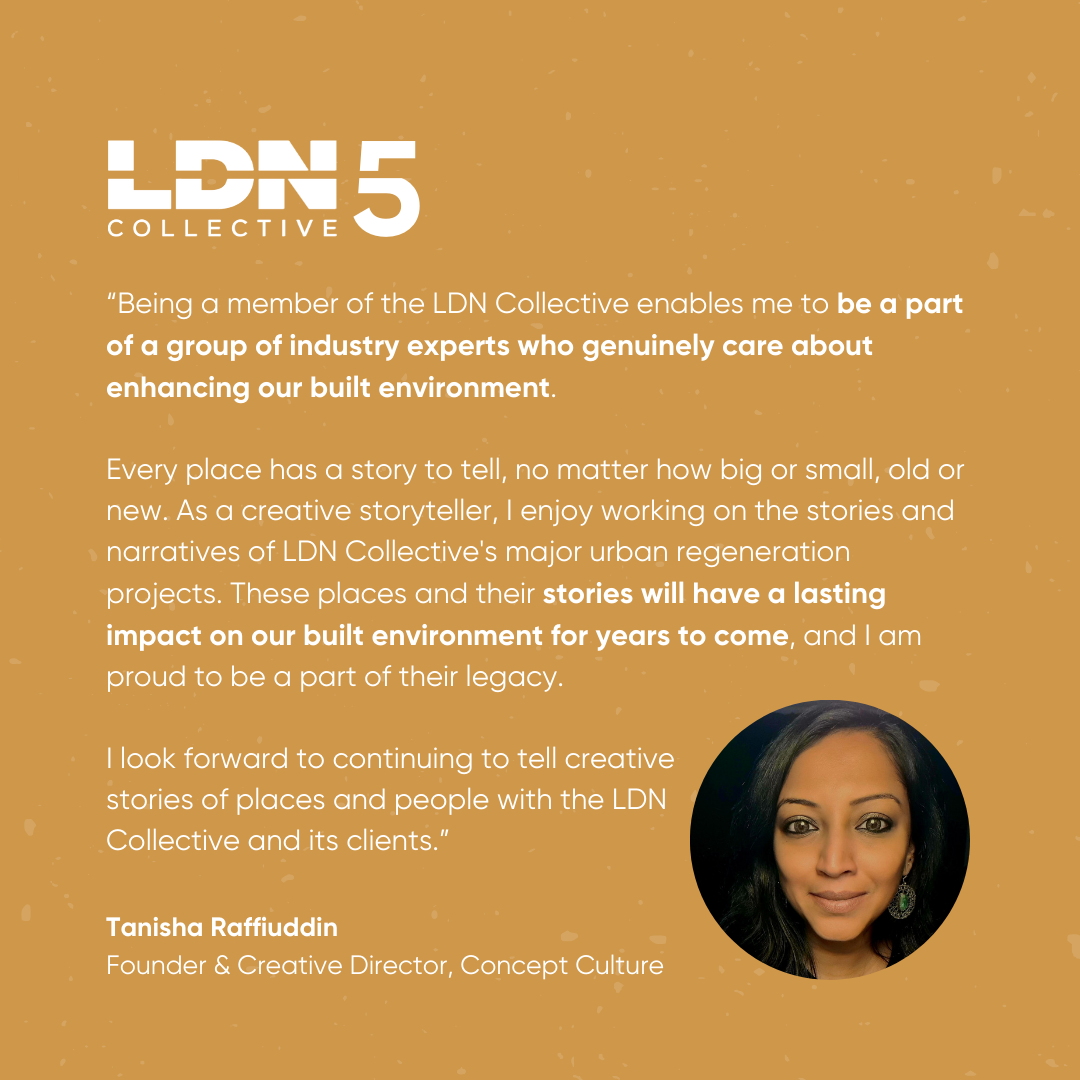As the dust around COP26 settles, LDN Collective member Tanisha Raffiuddin, from Concept Culture reflects on the highlights of her time in Glasgow. Read on.
COP26 held in Glasgow garnered more attention that any previous COP in the history of COPs. Regardless of the outcome of the negotiations, there is no denying that people are more aware of the impact of the climate crisis and what’s at stake. That can only be a good thing.
While I didn’t have a golden ticket to the Green or Blue Zones at the UNFCCC COP26 conference, I attended many of the Climate Fringe events from global marches to exhibitions, art installations to Ceilidhs, and met many incredible people who are at the front line of the campaign for climate action and climate justice.
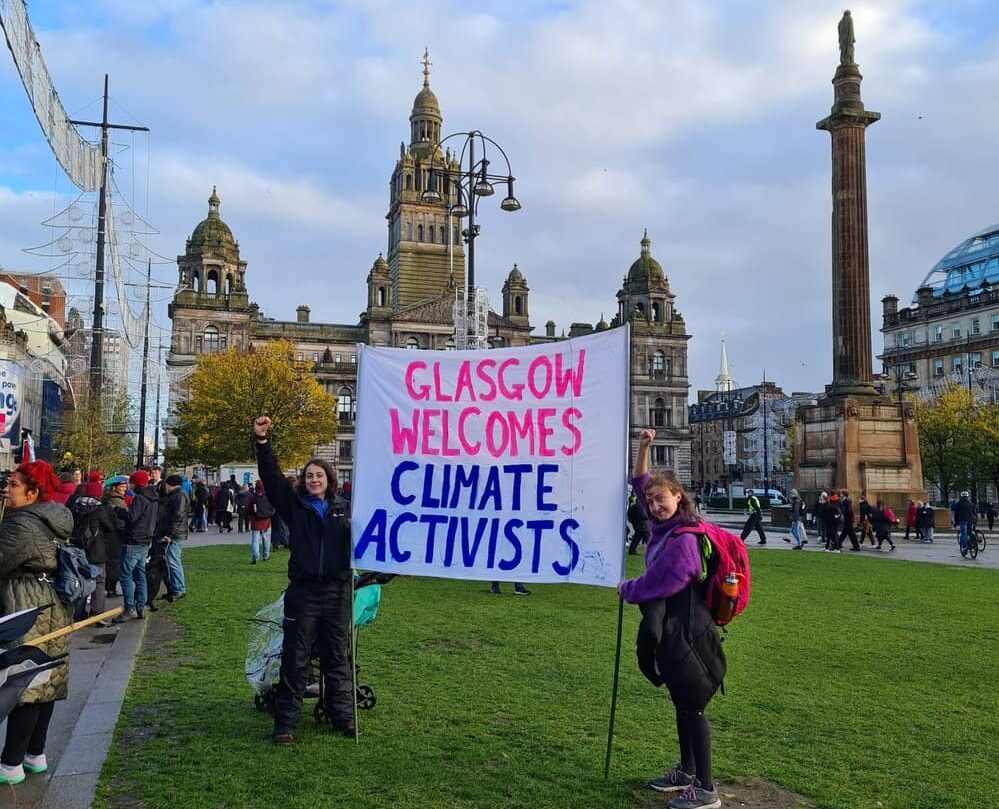
I had the privilege and joy to march alongside thousands of people in the marches organised by youth climate activist group Fridays for Future on 5th November, and the COP26 Coalition’s Global Day of Climate Action on 6th November. Led by inspirational youth and climate activists from around the world, the marches were uplifting, peaceful, heart-warming and moving demonstration of hope and optimism in the fight for climate justice for all. While the subject of the protest around the climate crisis is catastrophic, the mood on the streets of Glasgow was upbeat.
At the rally at George Square, Fridays for Future founder and leading climate activist Greta Thunberg criticised COP26 for being a failure, a PR event for the global north, a greenwash festival offering empty promises and “blah, blah, blah…”
“We are tired of their blah, blah, blah.
— Greta Thunberg
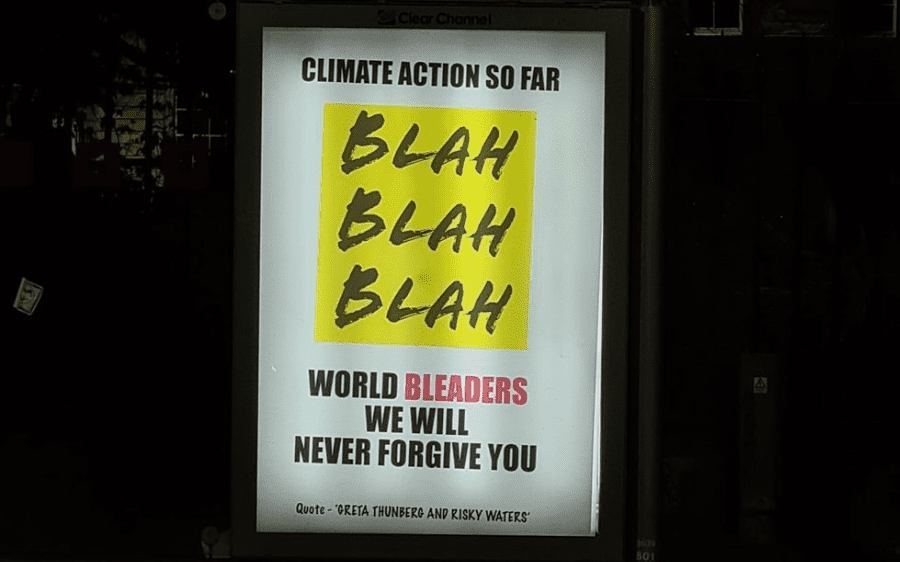
Most of the youth activists who took the stage at the rally were 18-19 year olds, barely out of school, yet more aware of their responsibility to the planet than most adults. Representatives from the Global South including Africa, indigenous groups from Amazonia, the Pacific islands shared how the climate crisis is already affecting their lands and their people, but they remain largely ignored by the Global North.
The confidence and conviction displayed by the rallying youth blew my mind. I urge anyone who is not familiar with Fridays for Future to follow the work of these young activists, it is phenomenal. There are local Fridays for Future chapters which you can support, especially those in the Global South. They are asking for our support as they need it to continue doing the work they are doing, as they get virtually no support from their own governments.
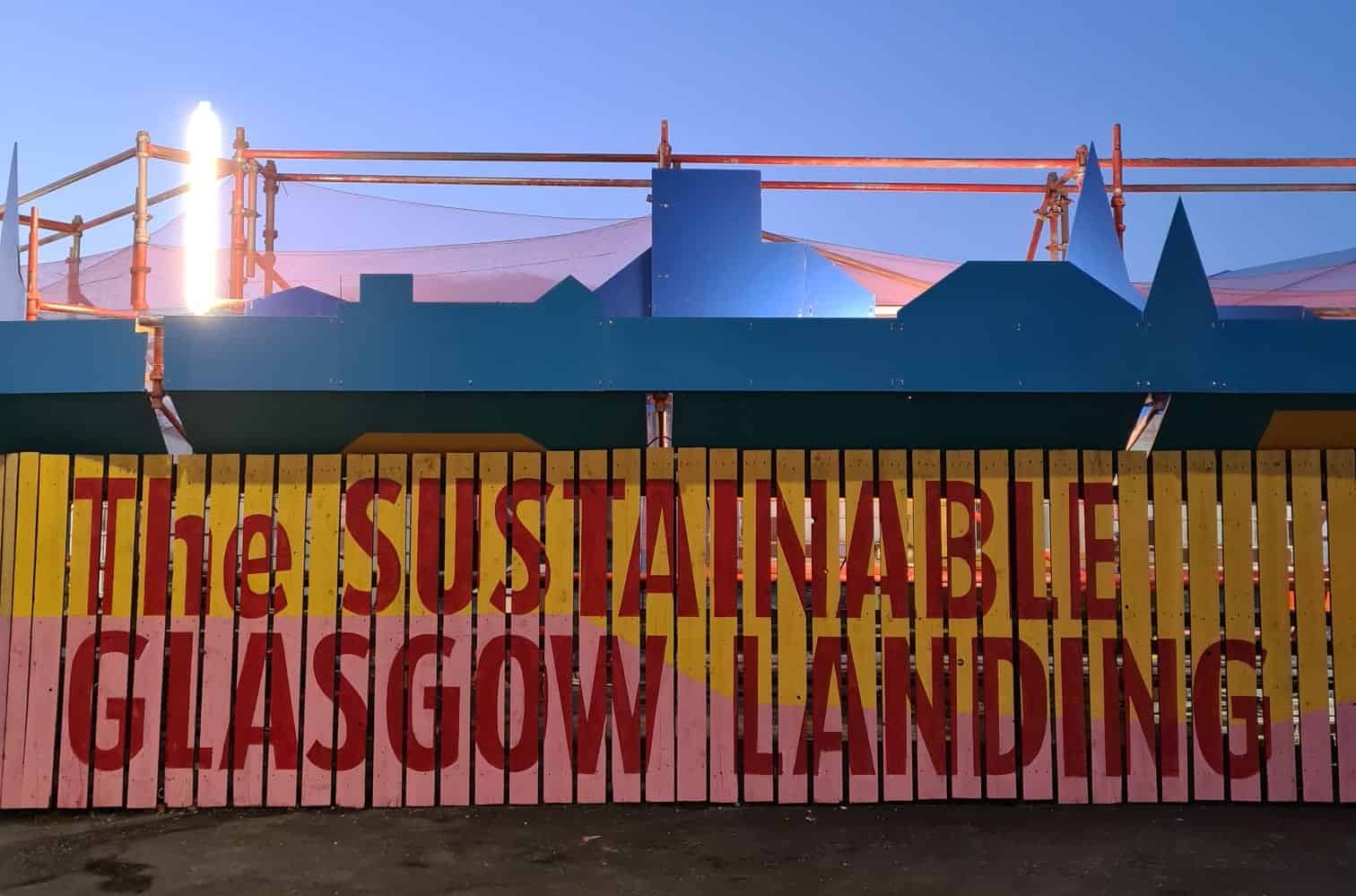
I also visited exhibitions at New Glasgow Society East, which also hosted the ACAN climate confession and Imagine Glasgow exhibit, The Sustainable Glasgow Landing Hub, as well as art exhibitions on climate art at Transmission gallery and Tramway. The COP26 Coalition also held a People’s Summit from 7th – 11th November which included talks, exhibitions and cultural events showcasing the work of global environmental and social justice groups.
Art and culture has a critical role to play in engaging the wider public to join the conversation around climate action. They can disseminate information in a more powerful and digestible way, particularly facts and figures around complex and technical scientific data. The arts can enlighten and inspire in a way that official legislations and mandates simply can’t. They can connect with people on a personal and emotional level.
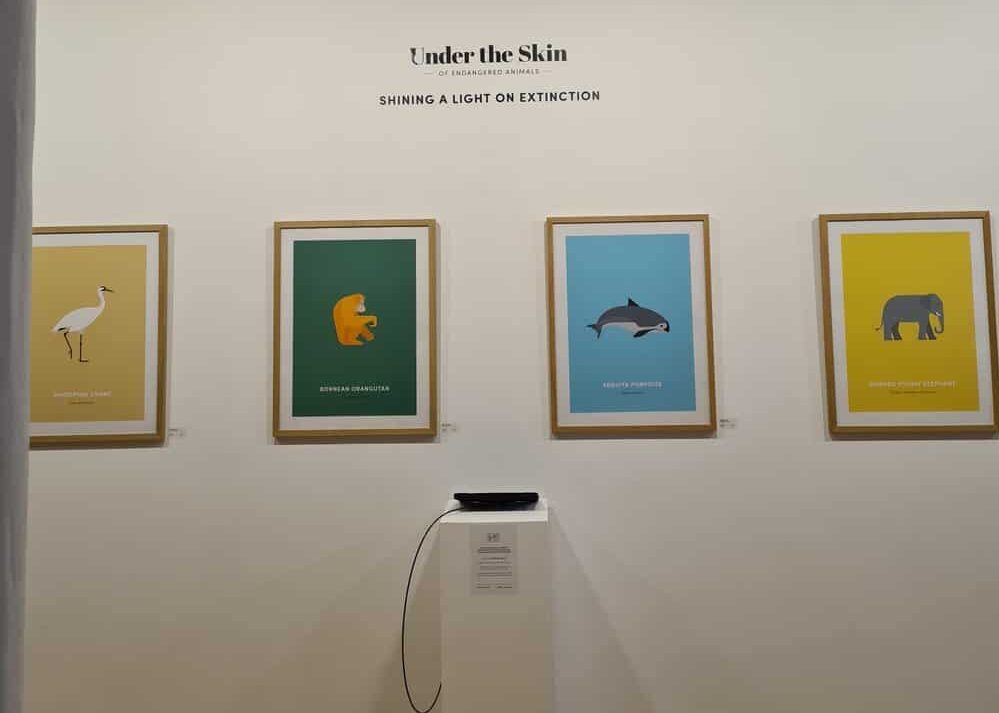
The battle to save the planet is taking place in the streets. The conversation around climate change is at a turning point. Climate conscientiousness is at an all-time high and is only going to grow higher. But the transition to a carbon negative world should be a just and equitable one. Climate justice is social justice, it is racial justice, it is migrant justice, it is justice for all. The overarching takeaway from the Climate Fringe events was that we have to come together to solve the climate crisis.
Those in the built environment who are eager to deliver real and just carbon neutral solutions should look to engage and support the grass root organisations – youth activist groups, indigenous groups, social groups, environmental groups, frontline groups and groups from the Global South among many others. These groups need support from the private sector. Many of whom are disproportionately affected by the climate crisis. There is much to learn from each other. Together we must leverage collective action and build on the momentum that has been created by these global movements.
The chants, the passion, the emotions on the streets will stay with me for a very long time. I am incredibly heartened by the demonstration of unity, hope and optimism I experienced in Glasgow. Despite the mostly gloomy headlines coming out of COP26, I came away from Glasgow feeling hopeful.
The people’s movements are the ones showing real leadership in the race to save the planet.
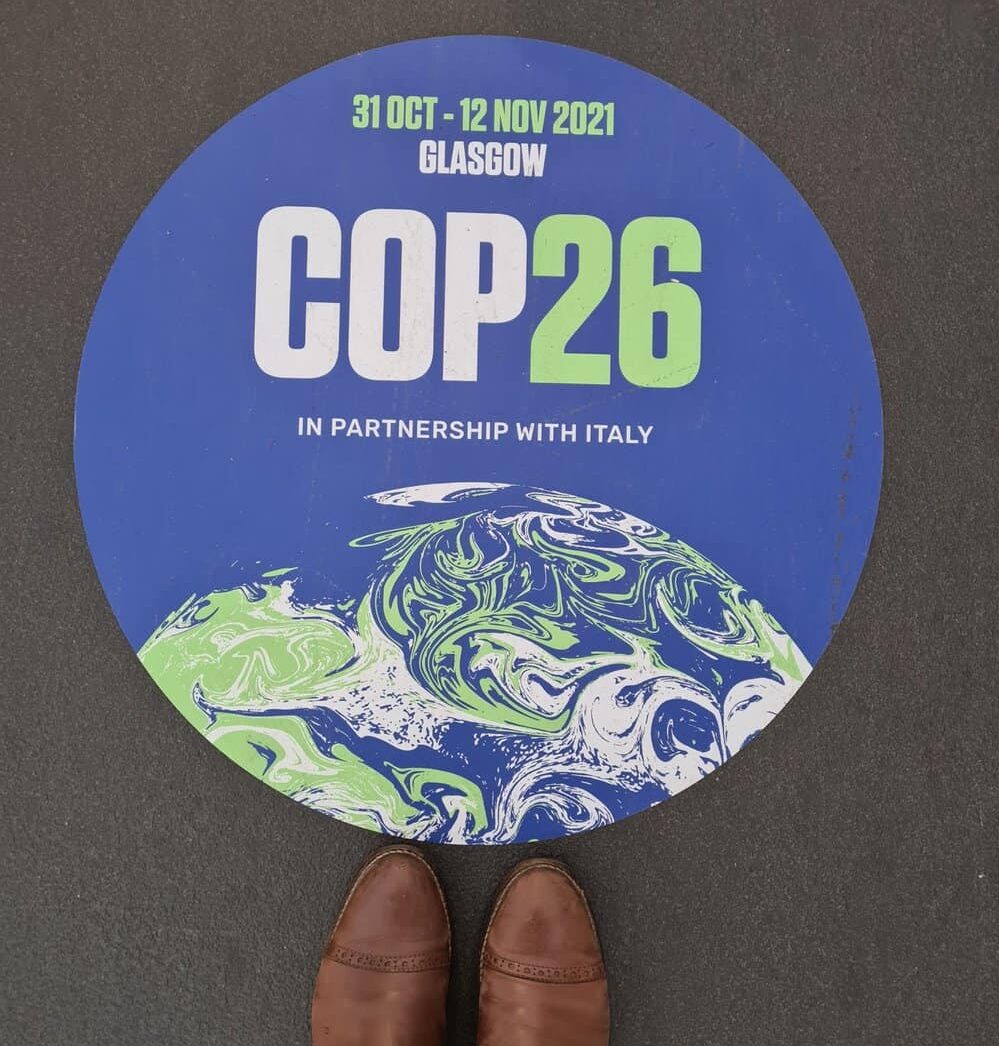
Here is a testimonial from Tanisha Raffiuddin, Founder & Creative Director at Concept Culture. Please do get in touch if you would like us to offer similar support.
